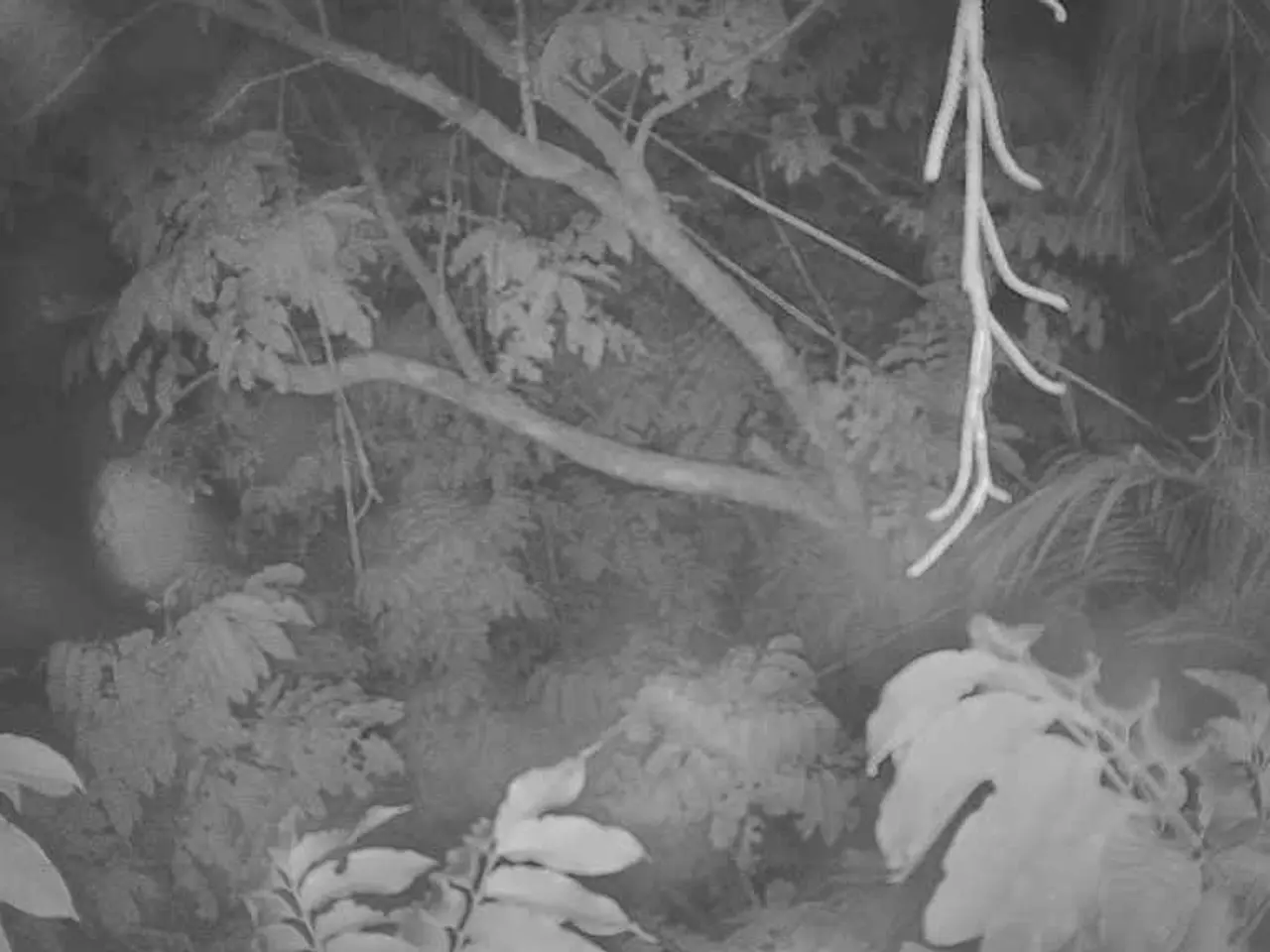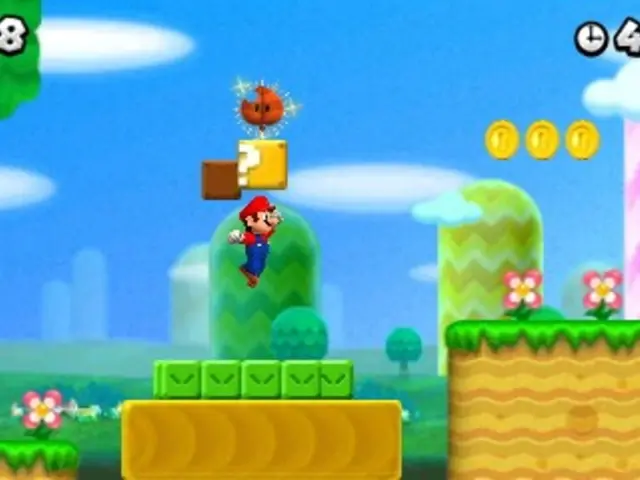Identifying and Addressing Tree Health Issues in Outdoor Spaces
In the natural world, trees face a myriad of challenges that can compromise their health and longevity. Among these challenges, abiotic factors—non-living environmental conditions—play a fundamental role. When these conditions are unfavourable, trees may become stressed, weak, and more vulnerable to insect infestations and disease outbreaks.
### Major Abiotic Stressors
- **Water Stress**: Both drought (insufficient water) and excess water (waterlogging) can damage trees directly or reduce their vigour, making them less able to defend against pests and pathogens. - **Temperature Extremes**: Prolonged periods of heat or cold can stress trees, especially if the temperatures are outside the species' tolerance range. Frost damage, sunscald, and heat stress can all weaken trees. - **Poor Soil Conditions**: Soil is a critical abiotic factor that affects nutrient availability, water retention, and root development. Compacted, poorly aerated, or nutrient-deficient soils can limit tree growth and health, increasing susceptibility to secondary problems. - **Light Availability**: Trees require sunlight for photosynthesis. Insufficient light (shade) can weaken trees, but excessive exposure, especially in young or newly transplanted trees, can cause sunburn or desiccation. - **Wind**: Strong winds can cause physical damage (branch breakage, uprooting), increase water loss (desiccation), or limit growth in exposed sites. Wind can also disperse pathogens or beneficial spores. - **Pollution**: Air and soil pollution (e.g., ozone, heavy metals, road salt) can directly harm trees or alter soil chemistry, further stressing trees and making them more prone to disease and insect attack. - **Salinity**: High salt levels in soil or water, common in coastal areas or where de-icing salts are used, can inhibit water uptake and damage roots, leading to decline. - **Radiation**: Excessive UV or other radiation can damage leaves and bark, impairing photosynthesis and growth.
### Interaction with Disease and Pests
Abiotic stressors often do not kill trees directly but weaken their defenses. For example, drought-stressed trees may be more attractive to certain beetles, and nutrient-deficient soils can slow recovery from infections. The “disease triangle” concept highlights that plant disease requires a susceptible host, a virulent pathogen, and a conducive environment—abiotic stress often tips the balance toward disease by compromising the host’s resistance.
### Preventing and Mitigating Abiotic Stress
- **Proper Site Selection**: Matching tree species to local soil, light, and moisture conditions. - **Mulching and Irrigation**: Maintaining consistent soil moisture and protecting roots. - **Soil Management**: Aerating compacted soils, amending poor soils, and avoiding contamination. - **Windbreaks and Shade**: Protecting trees from excessive wind and sun exposure. - **Monitoring**: Early detection of stress symptoms (wilting, leaf scorch, stunted growth) allows timely intervention.
## Summary Table: Key Abiotic Stressors and Their Effects
| Stressor | Effect on Trees | Susceptibility to Pests/Diseases | |-------------------|---------------------------------------|--------------------------------------------| | Drought | Weakens, stunts growth | Increases (e.g., bark beetles) | | Waterlogging | Root rot, oxygen deprivation | Increases (e.g., root diseases) | | Extreme Temps | Frost damage, sunscald | Increases (cold: cankers; heat: wilt) | | Poor Soil | Nutrient deficiency, poor growth | Increases (slower recovery, less vigor) | | Light Issues | Weak growth (shade), sunburn (excess) | Increases (less energy for defenses) | | Wind | Physical damage, desiccation | Increases (wounds entry points for pathogens) | | Pollution | Direct toxicity, altered soil chemistry| Increases (impaired metabolism) | | Salinity | Root damage, water uptake issues | Increases (weakened overall health) |
## Conclusion
Common abiotic issues such as water stress, temperature extremes, poor soil, light problems, wind, pollution, and salinity can all weaken trees, reducing their natural defenses and making them more prone to secondary problems from insects and diseases. Effective tree care involves minimizing these stressors through proper species selection, site preparation, and ongoing maintenance.
This article discusses various factors contributing to the decline or death of newly planted trees. (Title: Decline of Newly Planted Trees)
In the context of a home-and-garden or landscape setting, understanding the effects of abiotic stressors on trees is essential for maintaining a healthy and vibrant garden lifestyle. Water stress, both drought and excess water, can damage trees and increase their vulnerability to insect infestations and diseases. Extreme temperatures can stress trees, especially when they are outside the species' tolerance range, making them more susceptible to diseases such as cankers and wilt. Poor soil conditions, especially compacted, poorly aerated, or nutrient-deficient soils, can limit tree growth and health, increasing the susceptibility to pests. Light availability is also crucial; insufficient light can weaken trees, while excessive exposure to sunlight, especially in young or newly transplanted trees, can cause sunburn or desiccation. Additionally, strong winds can damage trees or limit growth in exposed sites, increasing the chances of insect or disease attack by creating entry points for pathogens. Proper site selection, soil management, mulching and irrigation, windbreaks and shade, and monitoring can help prevent and mitigate abiotic stress, ultimately bolstering tree health and reducing susceptibility to pests and diseases. In the end, minimizing these stressors through effective tree care is key to maintaining a thriving garden, as neglect can lead to issues similar to those affecting the natural world, such as the decline or death of newly planted trees.








